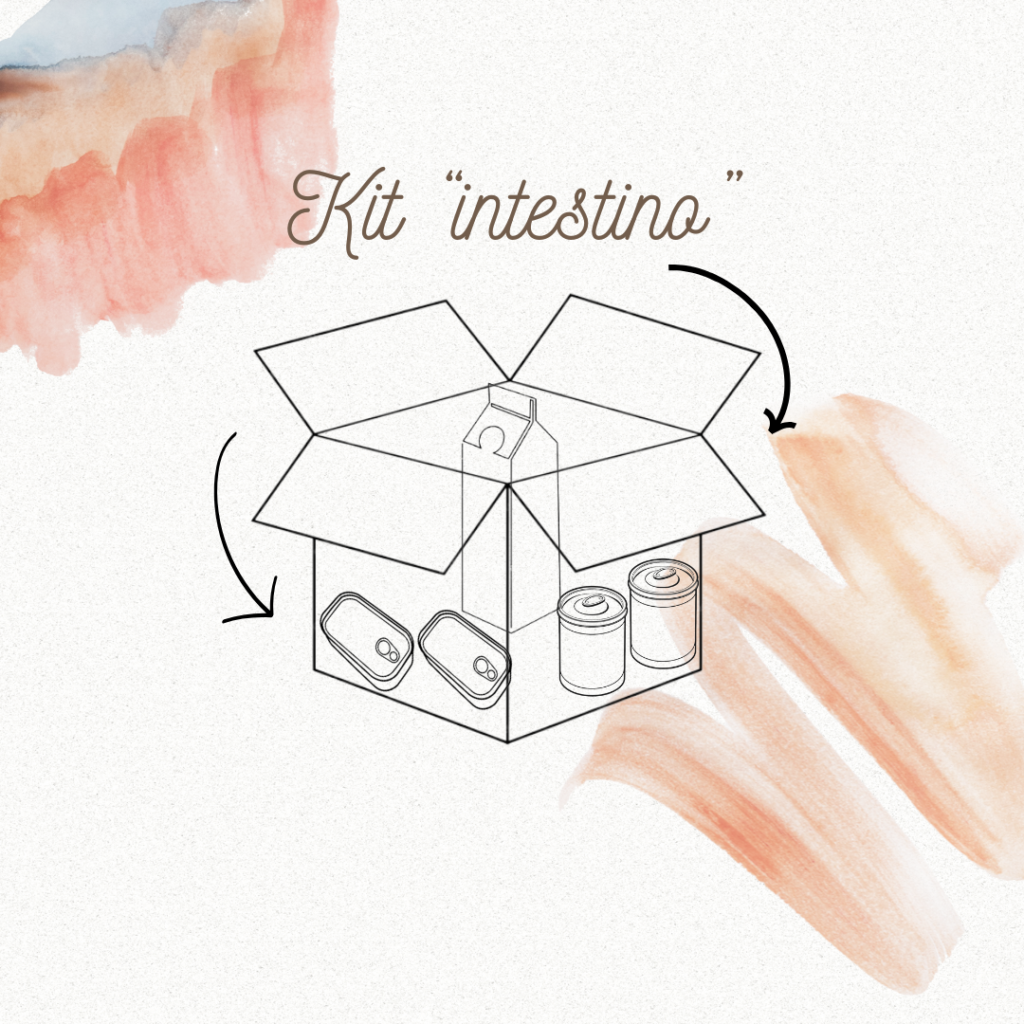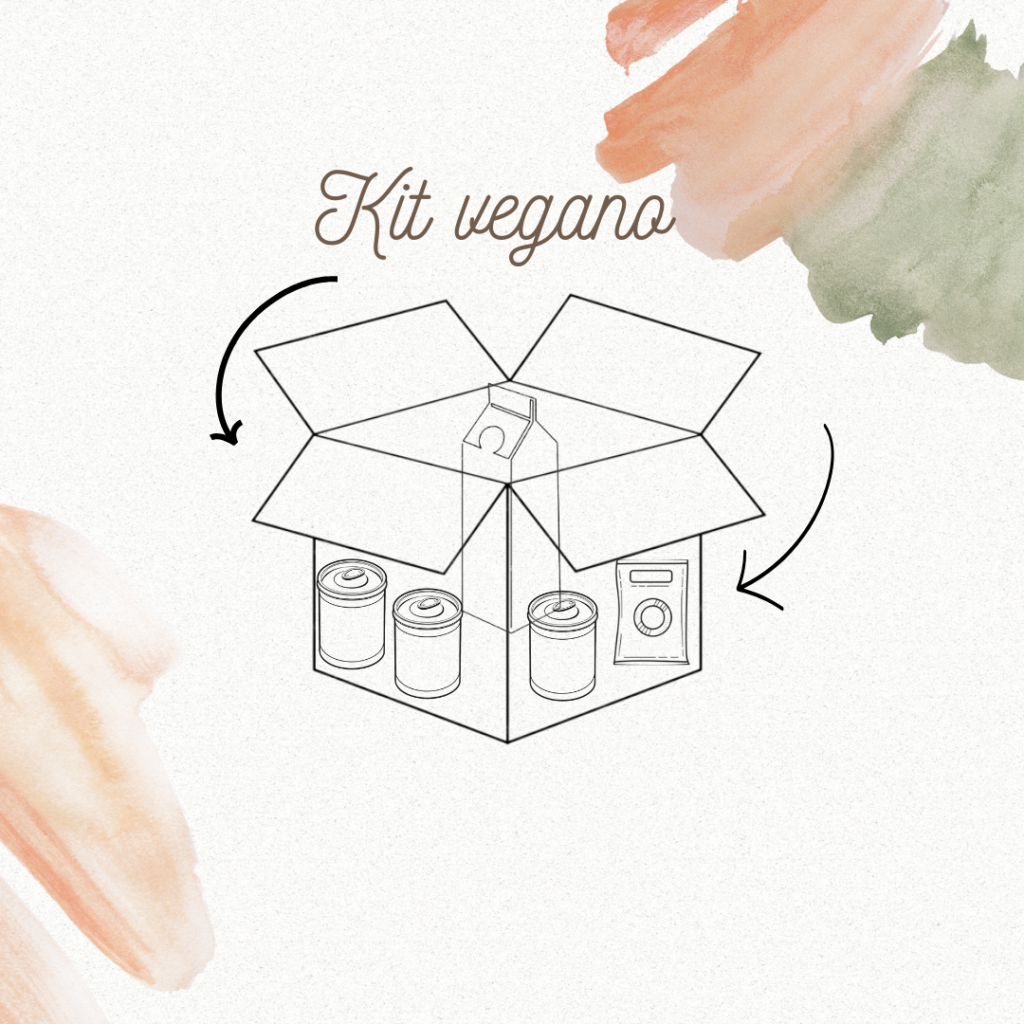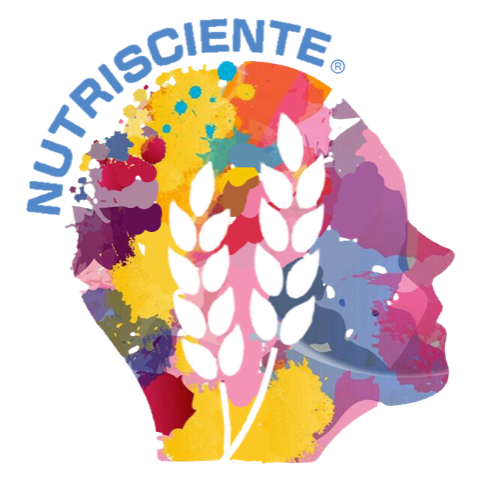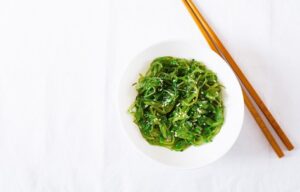On 26 March 2025, the European Union (EU) issued a communiqué emphasising the need for an emergency kit that would allow every European citizen to survive for at least 72 hours without the need for external support. Since then, its member states have been worried and on alert for a conflict situation. There has been a lot of talk about how to prepare this individual emergency kit and, above all, the reasons behind this communiqué, with a range of reactions, from panic and fear to humour. I write to you with a sense of reassurance and congratulate the EU for using assertive communication to alert us to an emergency that I think is long overdue in Europe. We can’t ignore a situation of geopolitical conflict – which has been raging on our continent since 2022 – but we have been ignoring so many other situations that could be just as catastrophic, if not more so. And we start with Portugal.
That climate change has brought gradual but profound changes to our country can no longer be denied. From desperate summer temperatures (close to 48ºC in some regions of the country), summers that last until November, droughts that make agricultural production impossible or delay it, forest fires, intense rainfall that causes immediate flooding, to the most recent storms and depressions that lead to power cuts (and consequent electricity, internet, telecommunications, etc.) and even the possibility of a high magnitude earthquake that could be catastrophic in certain regions of the country, especially the capital. Let’s admit once and for all that these are not possibilities: this is real and it is happening! But is it enough to have an emergency kit? We don’t want to induce fear or panic in anyone – and I ask that we put those feelings aside. What seems urgent to me is the need for prevention and education on how to act in the event of an emergency, which has not been happening in our population. A population that isn’t prepared to act in the event of a serious incident is a population that is more vulnerable and that, even if it has resources, won’t know how to manage them or respond quickly.
And it seems to me that, as far as our country is concerned, this has already been happening for a few years. So why not take this EU sensitisation seriously so that citizens have more resources at a (possible) weak moment? We at Nutrisciente® have already prepared our kit, so today we’re going to share some ideas with you. Although the emergency kit suggested by the EU contains several items (including first aid items, among others), this blog article focuses mainly on food.
We know that, in emergencies, access to food is a fragile route, in general, and I can’t even humanly imagine the difficulty of accessing food products for populations with chronic pathologies, such as gastrointestinal pathologies, who need enteric nutrition and/or for the vegetarian and vegan population – always keeping in mind the reality we live in Portugal. That’s why in this article we’re going to focus mainly on two kits: an S.O.S intestinal kit, with low FODMAP food products, and a vegan S.O.S kit, also containing some low FODMAP food products. The aim is to ensure that, in an emergency, you have safe access to products that promote good digestion without triggering major gastrointestinal symptoms, for at least 72 hours, even though the stress factor may be present (and a high stress peak is something nobody can prevent!). Let’s go?
S.O.S intestinal kit
This suggested kit is based on EU recommendations, but adapted to the needs of people with gastrointestinal and/or other diseases that cause intestinal changes (such as irritable bowel syndrome, inflammatory bowel disease, endometriosis, fibromyalgia, etc.). It includes non-perishable, ready-to-eat foods that are safe for the gut and easy to store.

What you should put in your S.O.S intestinal kit:
💧 Water
- At least 6 litres of drinking water per person (2 litres/day for 3 days).
🦈 Main meals (choose 3 lunches and 3 dinners):
- Tinned food, natural or in olive oil: tuna, shredded chicken, salmon, mackerel, etc, without garlic or onion;
- Tinned lentils, edamame or chickpeas (cans or small jars);
- Sealed packet of pre-cooked rice;
- Sealed packet of pre-cooked quinoa;
- Packet of konjac;
- Green beans (can or small jar);
- Tinned carrots (small can);
- Tinned roasted peppers (small can);
- Sealed packet of sauerkraut;
- If enteric nutrition is part of your daily diet, include some packets of products that you normally consume.
🥛 Intermediate meals and snacks (choose from 3 morning and 3 afternoon snacks):
- Dried fruit (walnuts, almonds, etc.) (single portions);
- Lactose-free milk or low FODMAP vegetable drinks (single portions);
- Low FODMAP biscuits (single portions);
- Low FODMAP fruit pouches (single portions);
- Low FODMAP freeze-dried fruit (single portions);
- Low FODMAP instant porridge pouches (single portions);
Vegan S.O.S. Kit
This kit suggestion is based on EU recommendations, but adapted to the needs of people who follow a mostly vegan, gut-friendly diet.

What to put in your vegan S.O.S. Kit:
💧 Water
- At least 6 litres of drinking water per person (2 litres/day for 3 days).
🌱 Main meals (choose 3 lunches and 3 dinners):
- Canned lentils, edamame, beans or chickpeas (cans or small jars);
- Packaged tofu (that doesn’t need to be refrigerated);
- Soya sprouts (cans or small jars);
- Sealed package of pre-cooked rice;
- Sealed packet of pre-cooked quinoa;
- Sealed packet of konjac;
- Green beans (small tin or jar);
- Tinned carrots (small tin);
- Tinned roast peppers (small tin);
- Sealed packet of sauerkraut;
🥛 Intermediate meals and snacks (choose from 3 morning and 3 afternoon snacks):
- Dried fruit (walnuts, almonds, etc) (individual doses);
- Low FODMAP vegetable drinks (individual doses);
- Low FODMAP vegan biscuits (individual doses);
- Low FODMAP fruit pouches (individual doses);
- Low FODMAP freeze-dried fruit (individual doses);
- Low FODMAP instant porridge pouches (individual doses);
These emergency kits should be stored in a dry, cool and easily accessible place, preferably in a rucksack or airtight carrying case. Check the expiry dates regularly.
IMPORTANT NOTES:
- Take into account other non-food items that are important for gastrointestinal or chronic pathologies, such as medication, toilet paper and/or intimate wipes and extra items of clothing;
- Check other items that the EU recommends to complete the emergency kit, such as:
-
- first aid supplies
- torch and spare batteries
- charged powerbank and chargers
- portable radio (preferably battery-operated or hand crank)
- copies of important documents
- cash
- Swiss Army knife, lighter, matches, candles
- personal hygiene products
- emergency contacts written down
- changes of clothes and warm clothing (can be blankets, emergency blanket)
- ideas to pass the time (playing cards, alphabet soup, pens, etc.)
- Act conscientiously, without extremism, for prevention and keep an eye out for further indications and training that the EU may indicate.
I hope it’s now easier for you to prepare your emergency food kit. So that you can choose low FODMAP food products more easily and consciously, we suggest our Low FODMAP Products Guide & Shopping List, with over 700 selected food products, which is available here
Always with love,
Sara


